- Books Name
- AMARENDRA PATTANAYAK Mathmatics Book
- Publication
- KRISHNA PUBLICATIONS
- Course
- CBSE Class 11
- Subject
- Mathmatics
Limits of polynomial, rational, trigonometric, exponential and logarithmic functions
Limits of polynomials and rational functions- A function f is said to be a polynomial function of degree n f(x) = a0 + a1x + a2x2 +. . . + anxn, where ai ‘s are real numbers such that an ¹ 0 for some natural number n.
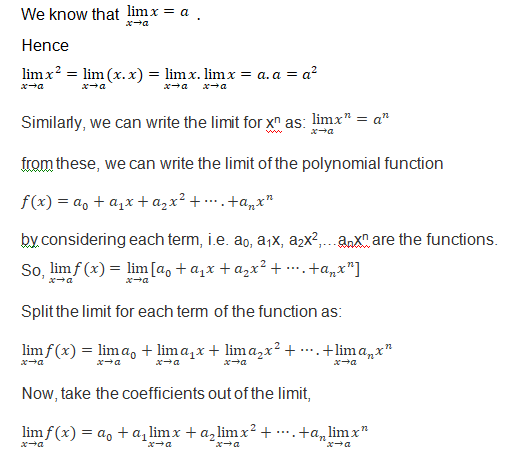
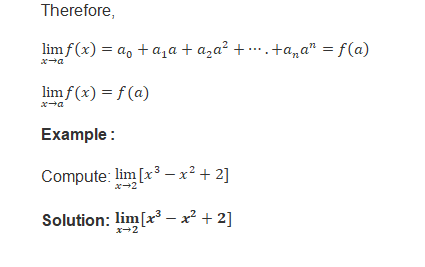
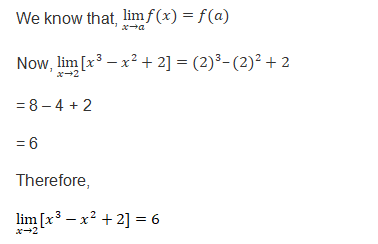
Limits of Rational Functions:
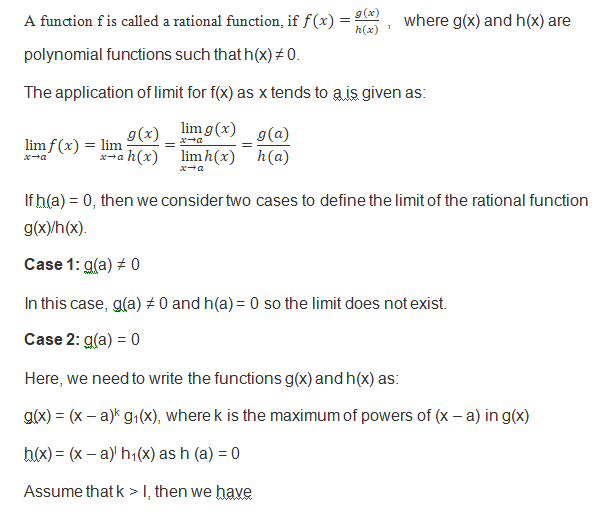
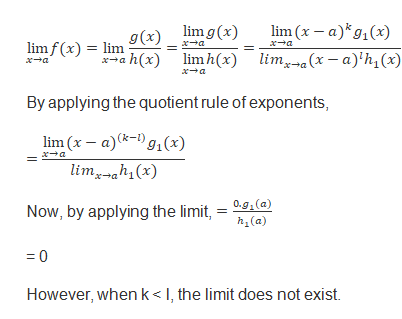
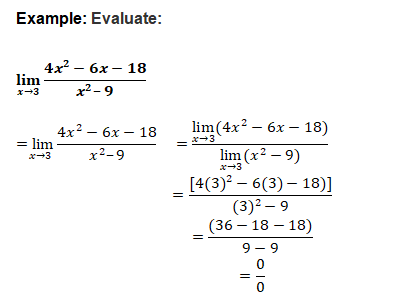
By evaluating the function at 2, we got 0/0.
So, let us factorise the functions to cancel the factors if possible.
4x2 – 6x – 18 = 4x2 – 12x + 6x – 18
= 4x(x – 3) + 6(x – 3)
= (x – 3)(4x + 6)
And x2 – 9 = x2 – 32 = (x – 3)(x + 3)
Thus,
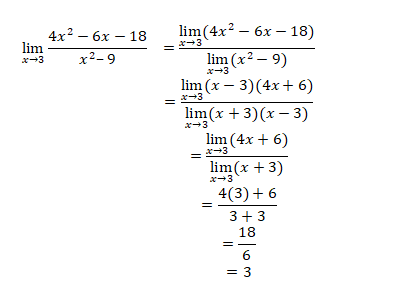
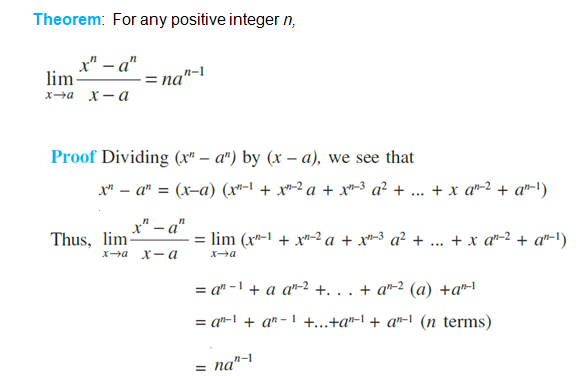
Limits of Trigonometric Functions:
Theorem: Let f and g be two real valued functions with the same domain such that
f (x) £ g( x) for all x in the domain of definition, For some a, if both limx®a f(x) and limx®a g(x) exist, then limx®a f(x) £ limx®a g(x).
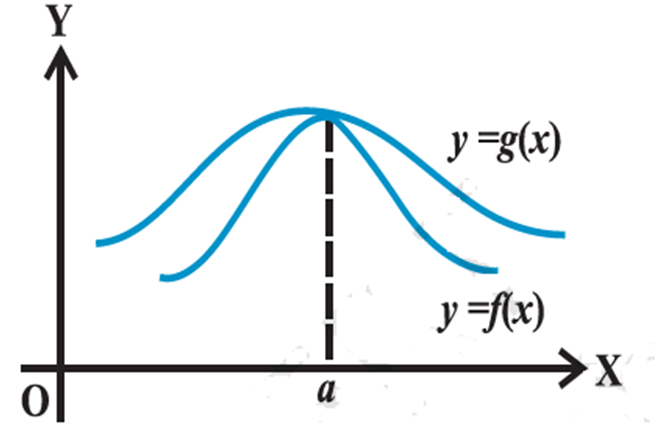
Sandwich Theorem/Squeeze Principle :
If f, g and h are three functions such that f(x) < g(x) < h(x) for all x in some interval containing the point x = a, and If
![]()
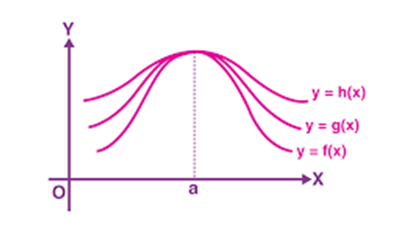
Some standards limits formulae are:
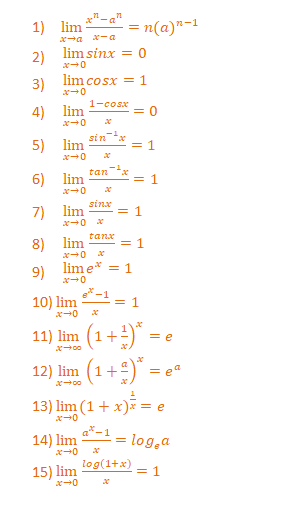
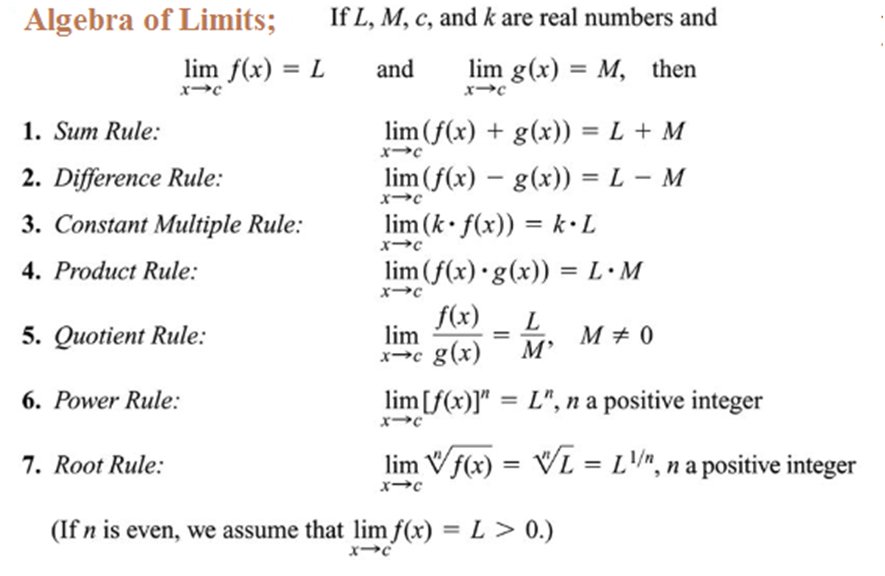
Limits of polynomials and rational functions: A function f is said to be a polynomial function of degree n f(x) = a0 + a1x + a2x2 +. . . + anxn, where ais are real numbers such that an ¹ 0 for some natural number n.
We know that limx->a x = a. Hence


 KRISHNA PUBLICATIONS
KRISHNA PUBLICATIONS
